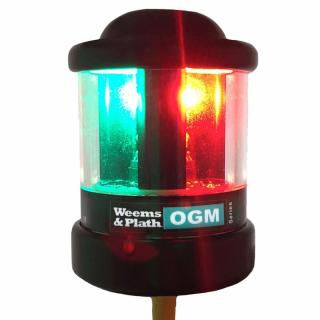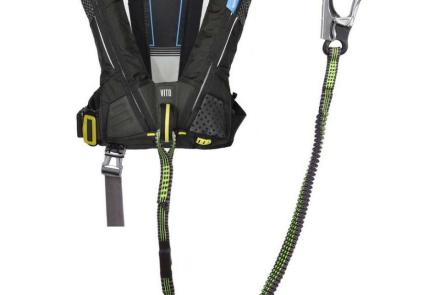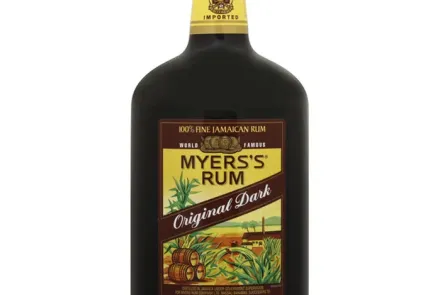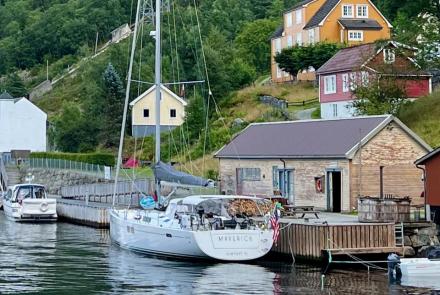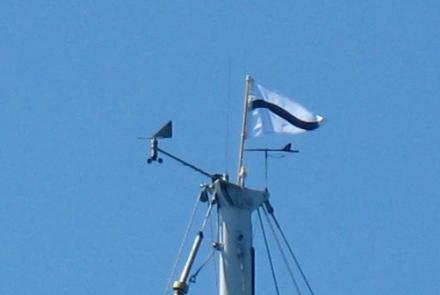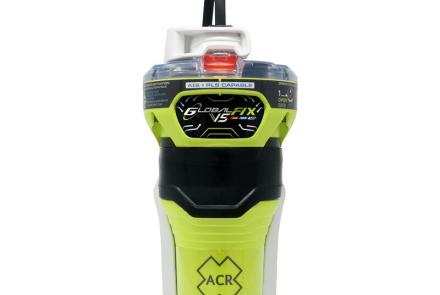Tricolor Light Follies
“Safety Moments, presented at CCA Stations and Posts”
By Chuck Hawley, San Francisco Station, September 2023
After buying a Moore 24 in the spring of 1979, I decided to start racing it in singlehanded races on San Francisco Bay. As I had spent all of my savings on the boat, and I had a Carter-era boat loan at 17% interest rate, I could not afford a tow vehicle and I was stuck sailing SLIM to San Francisco from Santa Cruz, a 70 nm upwind delivery. My goal was to sail in the Drake’s Bay Race the following weekend, which would be my first single handed ocean race.
I sailed out of Santa Cruz Harbor on a Friday evening with no navigational gear other than a plotter and dividers, a compass, and a chart of the coast from San Francisco to Pt Sur. I did have a basic tiller autopilot, a Tillermaster, which was powered by a single 12V battery, which also powered the tricolor light at the masthead. This was a relatively new development in navigation lights, combining the three normal sailboat lights into a single fixture which provided an unobstructed port, starboard, and stern light to other vessels. My early version sat on a small length of threaded pipe, which was screwed into the top plate on my mast.
At sunset, I tacked offshore onto starboard and attempted to get some rest in the (very) snug cabin. The wind was out of the northwest at about 10 knots, and Slim was making about 5 knots hard on the wind. No other vessels were in sight.
I awoke about three hours later, which horrified me as I had planned on taking 15 minute catnaps, although how I intended to wake on time had not been contemplated. It was really dark out, as it was now 11 at night, and instead of being alone at sea, I could now see three or four large vessels plying the route between San Francisco and Southern California. I slowly determined their likelihood of collision with Slim, and determined that I was not in danger for the moment.
I idly looked aloft at the tricolor light, and it appeared to be showing its red light aft, which didn’t register as a problem, at least initially, until I looked aloft again and now saw the green light showing aft. It became obvious that the light fixture was unscrewing from the mast due to the movement of the boat as we sailed upwind plus the tapered threads used to attach the mounting post to the aluminum mast. I mulled over the possible explanations for a while, but what was exceedingly clear was the role of the tricolor light to my continued safety as I sailed amongst commercial traffic
When things couldn’t get any worse, the tricolor light suddenly fell from the masthead and dangled by its electrical wire about 6” below where it should have been. It started banging around against the side of the mast, illuminating the head of the mainsail with Christmas colors as it flopped around. I was horrified: how many cycles would it take for the wire to break or the electrical contacts inside the fixture to break? And where would it land when it fell? Getting hit by it after a 30’ fall to the deck seemed like a bad way to die at sea.
A possible solution occurred to me: if I could pull tightly on the electrical wire to force the light to stand up on the mast, but not so tightly that the wires pulled free, I could reduce its movement and keep the wires from fatiguing to the point of breaking. When I yanked on the wire coming out of the bottom of the mast, the light stood up like a soldier at attention, although with the green sector now facing aft. I eased the pressure on the wire and tried again. After several tries, the light stood upright with the white sector showing aft. I stuck a wooden pencil in the wire’s exit hole from the mast, then taped the mess together with electrical tape, and breathed a sigh of relief.
Somehow I managed to go back to sleep after this incident, and about 10 hours later, I sailed under the Golden Gate Bridge flying my new ¾ oz spinnaker. At the top of my project list was a new tricolor light; one that wouldn’t rely on pipe threads to hold the light in place.
The Cruising Club of America is a collection of accomplished ocean sailors having extensive boat handling, seamanship, and command experience honed over many years. “Safety Moments” are written by the Club’s Safety Officers from CCA Stations across North America and Bermuda, as well as CCA members at large. They are published by the CCA Safety and Seamanship Committee and are intended to advance seamanship and safety by highlighting new technologies, suggestions for safe operation and reports of maritime disasters around the world.


